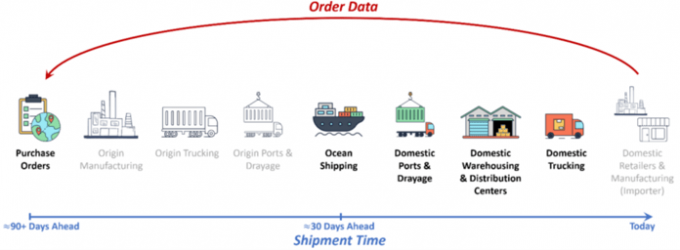UPS draws in customers with landed cost calculator, with a guarantee
UPS has taken advantage of the confusion and uncertainty surrounding tariffs and other charges to ...

The Freight Logistics Optimisation Works (FLOW) platform, a public-private partnership to share visibility on US containerised imports, has extended inland as the participants look to leverage its insights for their supply chain management and planning.
On Wednesday, the second anniversary of its launch, FLOW began to publish data on inland freight hubs, including rail terminal and warehouse destinations, according to the US Department of Transportation (DoT).
FLOW was designed to address the need for better data ...
USTR fees will lead to 'complete destabilisation' of container shipping alliances
Outlook for container shipping 'more uncertain now than at the onset of Covid'
Flexport lawsuit an 'undifferentiated mass of gibberish', claims Freightmate
Shippers warned: don't under-value US exports to avoid tariffs – 'CBP will catch you'
Cancelled voyages take the sting out of spot rate declines this week
New Houthi warning to shipping as rebel group targets specific companies


Comment on this article